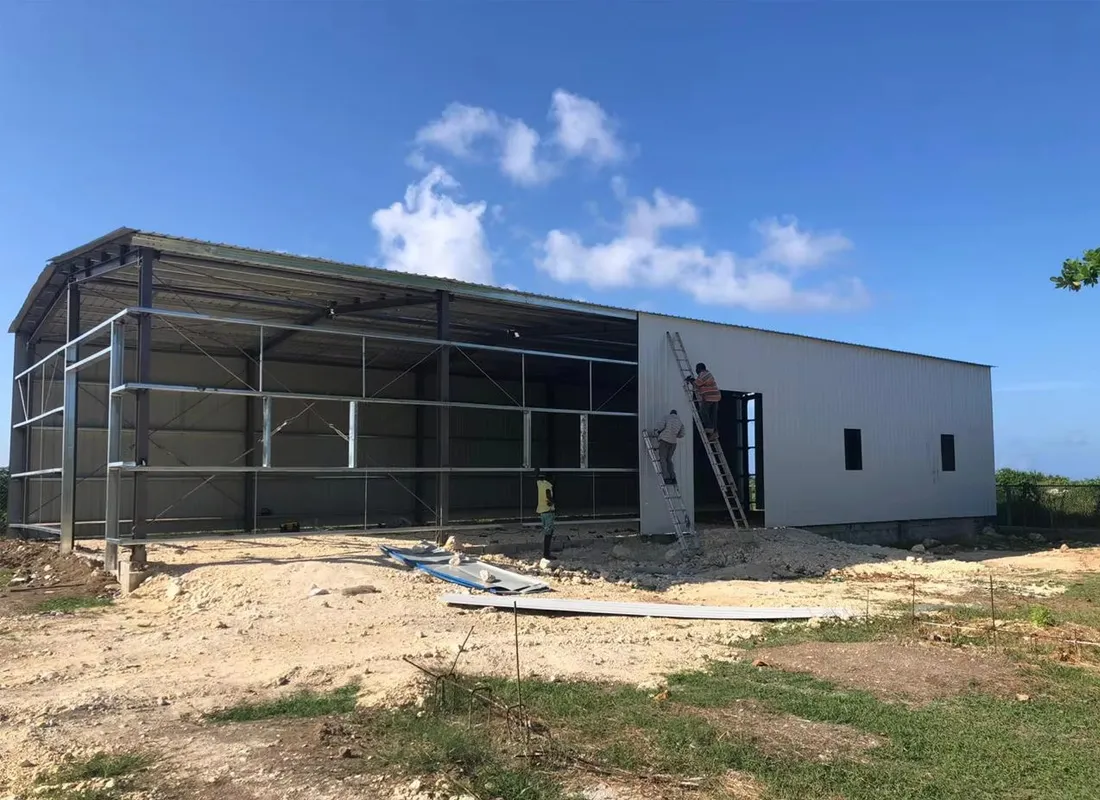- Afrikaans
- Albanian
- Amharic
- Arabic
- Armenian
- Azerbaijani
- Basque
- Belarusian
- Bengali
- Bosnian
- Bulgarian
- Catalan
- Cebuano
- Corsican
- Croatian
- Czech
- Danish
- Dutch
- English
- Esperanto
- Estonian
- Finnish
- French
- Frisian
- Galician
- Georgian
- German
- Greek
- Gujarati
- Haitian Creole
- hausa
- hawaiian
- Hebrew
- Hindi
- Miao
- Hungarian
- Icelandic
- igbo
- Indonesian
- irish
- Italian
- Japanese
- Javanese
- Kannada
- kazakh
- Khmer
- Rwandese
- Korean
- Kurdish
- Kyrgyz
- Lao
- Latin
- Latvian
- Lithuanian
- Luxembourgish
- Macedonian
- Malgashi
- Malay
- Malayalam
- Maltese
- Maori
- Marathi
- Mongolian
- Myanmar
- Nepali
- Norwegian
- Norwegian
- Occitan
- Pashto
- Persian
- Polish
- Portuguese
- Punjabi
- Romanian
- Russian
- Samoan
- Scottish Gaelic
- Serbian
- Sesotho
- Shona
- Sindhi
- Sinhala
- Slovak
- Slovenian
- Somali
- Spanish
- Sundanese
- Swahili
- Swedish
- Tagalog
- Tajik
- Tamil
- Tatar
- Telugu
- Thai
- Turkish
- Turkmen
- Ukrainian
- Urdu
- Uighur
- Uzbek
- Vietnamese
- Welsh
- Bantu
- Yiddish
- Yoruba
- Zulu
Nov . 30, 2024 18:16 Back to list
Building a House on Agricultural Land Considerations and Implications
In recent years, the trend of constructing residential properties on agricultural land has gained significant traction. While the allure of wide-open spaces, scenic views, and a connection to nature can be tempting for prospective homeowners, it is crucial to consider the broader implications of such developments. This article aims to explore the factors involved in building a house on agricultural land, the potential benefits, and the challenges that may arise.
Understanding Agricultural Land Use
Agricultural land is primarily designated for cultivating crops and raising livestock. It plays a vital role in food production, supporting biodiversity, and maintaining ecological balance. Before contemplating building a house on such land, it is essential to understand the regulatory frameworks that govern land use. Many countries have strict zoning laws and regulations meant to protect agricultural land from urban sprawl and ensure sustainable farming practices. In many cases, converting agricultural land to residential use may require special permits or rezoning measures, which can be a lengthy and complicated process.
Benefits of Building on Agricultural Land
Despite the challenges, there are several benefits to building a house on agricultural land. One of the primary advantages is the opportunity to enjoy a quieter, more peaceful lifestyle away from the hustle and bustle of urban centers. Living in a rural setting often means access to fresh air, green spaces, and less pollution, all of which contribute to a healthier lifestyle.
Another benefit is the potential for land cultivation. For those with an interest in farming or gardening, living on agricultural land offers the perfect opportunity to grow your own food or engage in sustainable farming practices. The ability to produce your own vegetables and fruits not only promotes self-sufficiency but also fosters a deeper connection to the land.
Additionally, properties on agricultural land tend to have lower property taxes compared to those in urban areas. This financial incentive can make the prospect of homeownership more attainable for many families looking to escape the rising costs of urban living.
building house in agricultural land

Challenges to Consider
While the idea of building on agricultural land is appealing, various challenges must be addressed. One major concern is the potential for conflict between residential and agricultural activities. As more homes are built in agricultural areas, the likelihood of complaints regarding farming activities, such as noise, odors, and pesticide use increases. This can create tension between new residents and established farmers, ultimately affecting local agricultural practices and land use.
Moreover, constructing a home on agricultural land can lead to issues related to infrastructure and access to services. In many rural areas, utilities such as water, electricity, and sewage systems may be less developed or require significant investment to install. Homeowners may also face longer commutes to work, schools, and healthcare facilities, which can impact overall quality of life.
Environmental Considerations
The environmental impact of building houses on agricultural land is another critical consideration. Land development can lead to habitat destruction, disruption of local ecosystems, and a decrease in biodiversity. It is essential to weigh the environmental cost against the personal desire for homeownership in these areas. Conservation efforts and sustainable building practices should be prioritized to mitigate damage to the land and surrounding ecosystems.
Conclusion
Building a house on agricultural land poses both exciting opportunities and complex challenges. While the peaceful lifestyle and potential for self-sufficiency are appealing, navigating regulatory frameworks, addressing conflicts with farming activities, and considering environmental impacts are essential factors. Prospective homeowners should conduct thorough research, engage with local communities, and consult with experts to ensure that their dreams of a rural home can coexist harmoniously with the land's agricultural significance. Ultimately, responsible land use planning and a commitment to sustainability can pave the way for a future where both agriculture and residential living can thrive side by side.
-
How Do Prefabricated Steel Structures Transform Modern Construction?
NewsJul.14,2025
-
How Do Prefabricated Metal Buildings Redefine Modern Construction?
NewsJul.14,2025
-
How Do Prefab Insulated Metal Buildings and Steel Structures Revolutionize Modern Construction?
NewsJul.14,2025
-
How Do Pre - Engineered Steel Structures Redefine Modern Construction?
NewsJul.14,2025
-
Advancing Modular Construction with Prefabricated Metal Structures
NewsJul.14,2025
-
Advancing Industrial Infrastructure with Prefabricated Steel Solutions
NewsJul.14,2025
Products categories
Our Latest News
We have a professional design team and an excellent production and construction team.












